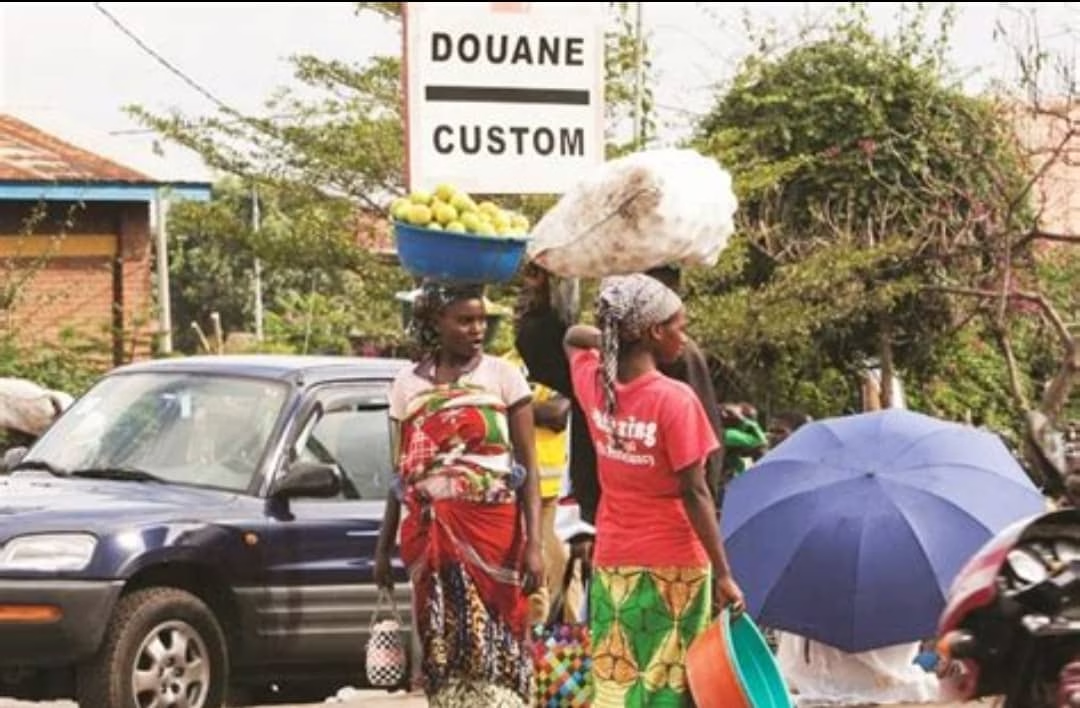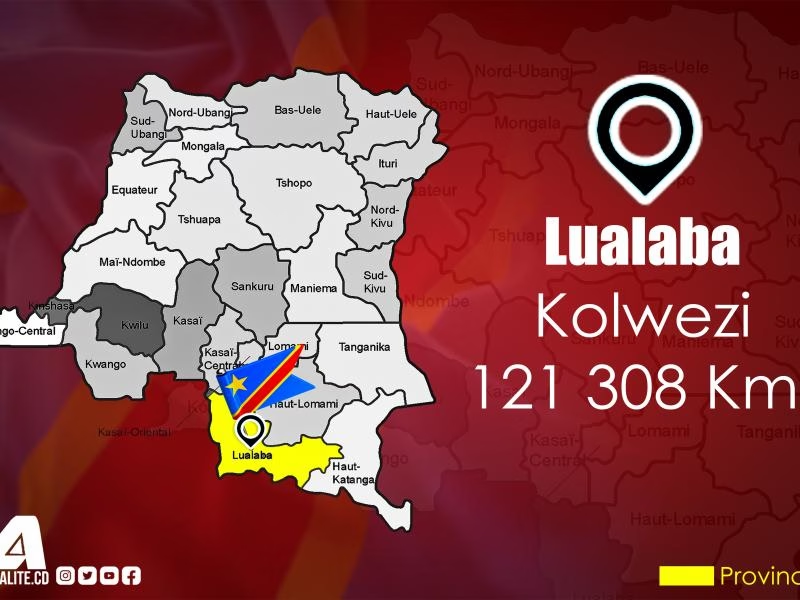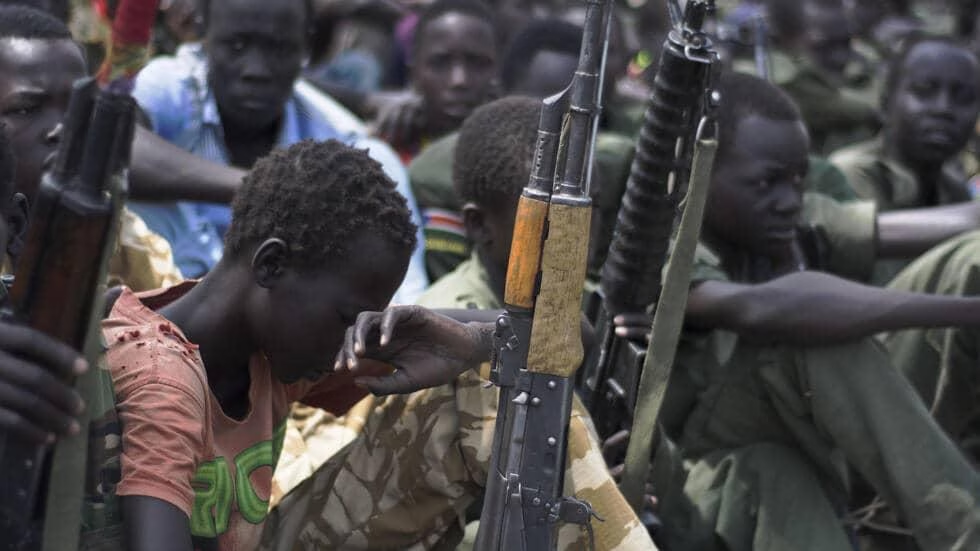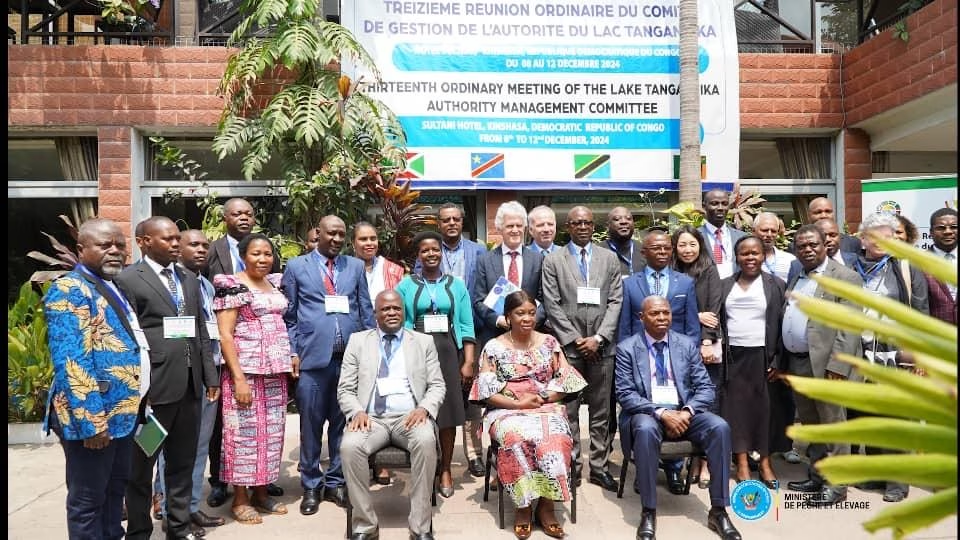Haut-Katanga, a key province in the Democratic Republic of the Congo (DRC), is emerging as a strategic hub for cross-border trade within the Southern African Development Community (SADC). Due to its advantageous geographical position and integration into regional economic corridors—particularly the southern corridor linking the DRC to Indian Ocean ports—this province plays a crucial role in trade with its neighboring countries, particularly Zambia and Tanzania.
The Economic Weight of Cross-Border Trade in Haut-Katanga
Dynamic Trade Flows with Zambia and Tanzania
Zambia, Haut-Katanga’s main trading partner, benefits from well-developed transport corridors that facilitate the export and import of minerals, manufactured goods, and agricultural products. In 2022, the DRC exported $6.4 billion worth of copper and cobalt, much of which transits through Zambia before reaching international markets.
The Port of Dar es Salaam in Tanzania is another essential gateway for the DRC’s external trade. This corridor enables the export of Congolese raw materials to Asia and Europe while facilitating the import of essential consumer goods.
An Economy Driven by Informal Trade
A significant portion of cross-border trade in Haut-Katanga is informal. According to World Bank estimates, nearly 70% of the region’s cross-border trade involves informal actors, primarily in the food, textile, and essential goods sectors.
In the Great Lakes region—a comparable market to Haut-Katanga—more than 22,000 informal traders cross the borders daily, generating a trade volume exceeding $1 million per month.
Challenges and Opportunities in Cross-Border Trade
Barriers to Economic Integration
Despite its central role in the SADC, Haut-Katanga’s cross-border trade faces several major challenges:
Insufficient Infrastructure: Poor road conditions and inefficient border posts slow down trade flows.
Tariff and Non-Tariff Barriers: Customs duties, administrative controls, and corruption hinder smooth trade operations.
Electricity and Logistics Constraints: Frequent power outages and high transportation costs complicate the export of raw materials.
Regional Initiatives to Improve Trade Connectivity
To address these challenges, several projects aim to boost Haut-Katanga’s cross-border trade:
Modernization of Transport Corridors: The rehabilitation of road and rail infrastructure between the DRC and Zambia will facilitate the movement of goods and people.
Simplification of Customs Procedures: The harmonization of trade regulations within the SADC is expected to lower transaction costs.
Investment in Energy: Electrifying logistics and mining infrastructure is crucial to enhancing the region’s competitiveness.
As a key player in cross-border trade within the southern SADC corridor, Haut-Katanga holds a strategic position in regional economic development. Despite structural challenges, its trade relationships with Zambia and Tanzania highlight its potential to become a growth engine for Southern Africa. With the right policies and targeted investments, Haut-Katanga’s cross-border trade could experience significant expansion, further strengthening the DRC’s economic integration within the SADC.
Rédaction
Articles similaires
Author(s): expobeton-newsletter.net
Source: Access the article



